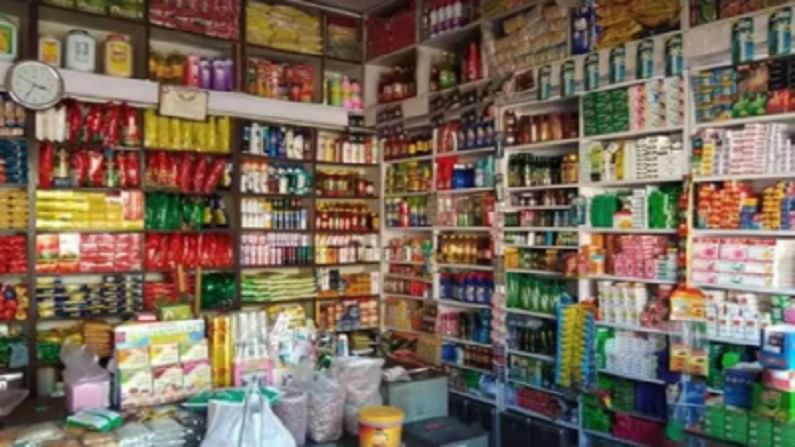Covid-19 impact: Low spending, low consumer sentiment spreading in economy
A good monsoon is the only silver lining that policymakers can look forward to amid the all-pervading gloom

The dots can be connected in an ominous line. In March a consumer survey carried out by Reserve Bank of India showed consumer confidence going down in March compared to January 2021.
Consumer confidence
The perception of the economy, employment, price levels, and income were all down compared with those of a year ago. Only the perception of spending was positive. But there was no sign of a second wave of infections in the country then.
In April, a survey by Refinitiv, one of the world’s largest providers of financial markets data, found that consumer confidence was dipping in India across employment, economy, personal finance and investments. That was a time when the number of COVID cases were rising at a furious pace.
Slackening demand
In May, consumer goods have begun noticing a slowdown in demand across of products such as appliances, apparel and beauty products in the quarter of April-June as the economy continues to groan under the second wave that is spreading to newer states.
Officials of FMCG companies say that consumers are making a strict segregation between the essentials and non-essentials and settling for purchases that are in the former category. Impulse purchases have gone down markedly almost in all product categories.
While sales are certainly being impacted by the expanding and deepening lockdowns in different states, it will not be appropriate to attribute the slowdown only to mobility restrictions. Consumer confidence has been shaken and the propensity to spend in anything deemed “inessential” has gone down.
Second run
Officials of FMCG companies are of the opinion that last year while many consumers thought that they would weather the storm, the second wave have triggered panic and a dim outlook about the economy and future.
“There wasn’t such gloom last time as people were safe at home. This time, they are either spending on medicines or hospitalisation or keeping money aside for such exigencies. The consumer is in a saving mode,” Saurabh Baishakhia, president of appliances business of Usha International, told the media.
Rural reprieve
Against this backdrop, two things become important — monsoons and rural credit growth.
Rural credit recorded a growth in FY20 over FY19. In all the three quarters in FY21, agriculture, forestry and fishing was the only sector that recorded positive growth rates 3.3% (Q1), 3.0% (Q2) and 3.9% (Q3) for which data has so far been released.
Though the second wave of infection is spreading to the rural sector, a sector that was relatively less affected in the first wave in 2020, the farm sector can hold out in the second wave too, many feel.
On May 5, RBI Governor Shaktikanta Das said the meteorological department has predicted normal monsoon this year, that he thought, would sustain rural demand which becomes all the more important when demand from the urban consumers has become tepid. Incidentally, a good monsoon would also help farm output and contain inflationary pressure.
Is it enough?
“A good monsoon is desperately needed for some money in the hands of the farmers. It will also keep up the agricultural output that is so vital in these times. But for rural demand to revive a good monsoon alone will not be sufficient perhaps,” said Mahananda Kanjilal, a professor of Economics at a Kolkata college.
“Consumer confidence index is mostly related to urban Indians as rural needs and expenditure are basic and these don’t change much. With the employment scenario remaining flat, urban spending has definitely got a thumbs down. A normal monsoon will only help to maintain status quo and the government and Food Corporation of India would need to be proactive in procurements beyond a few large states such as Punjab and Haryana,” said Dr Arindam Saha, founder, Vista Intelligence Pvt Ltd.